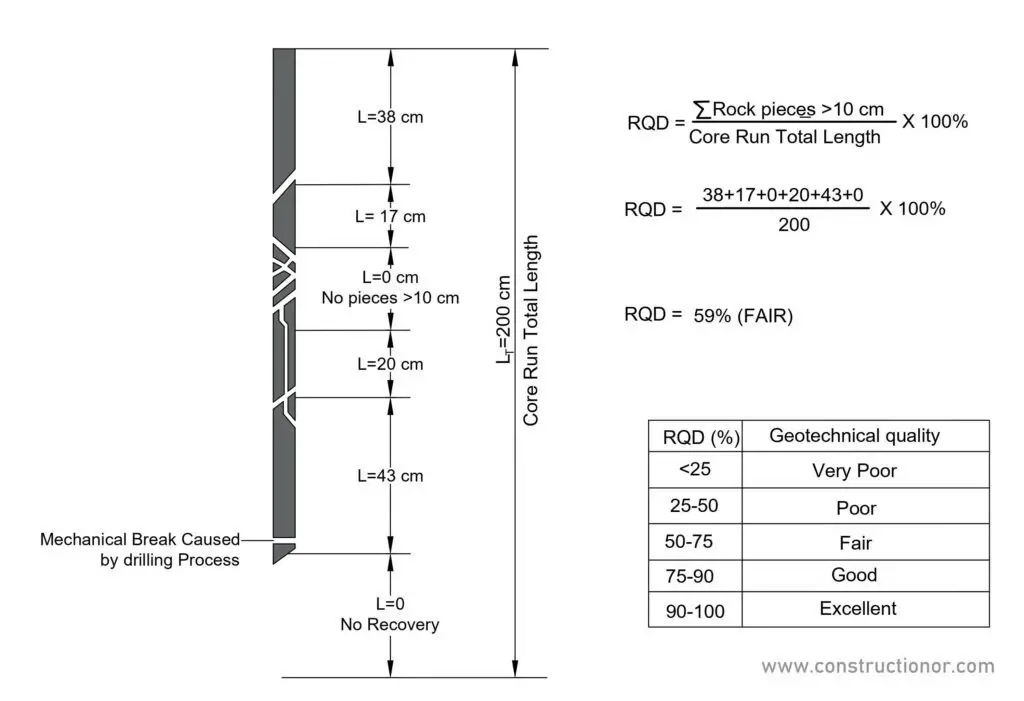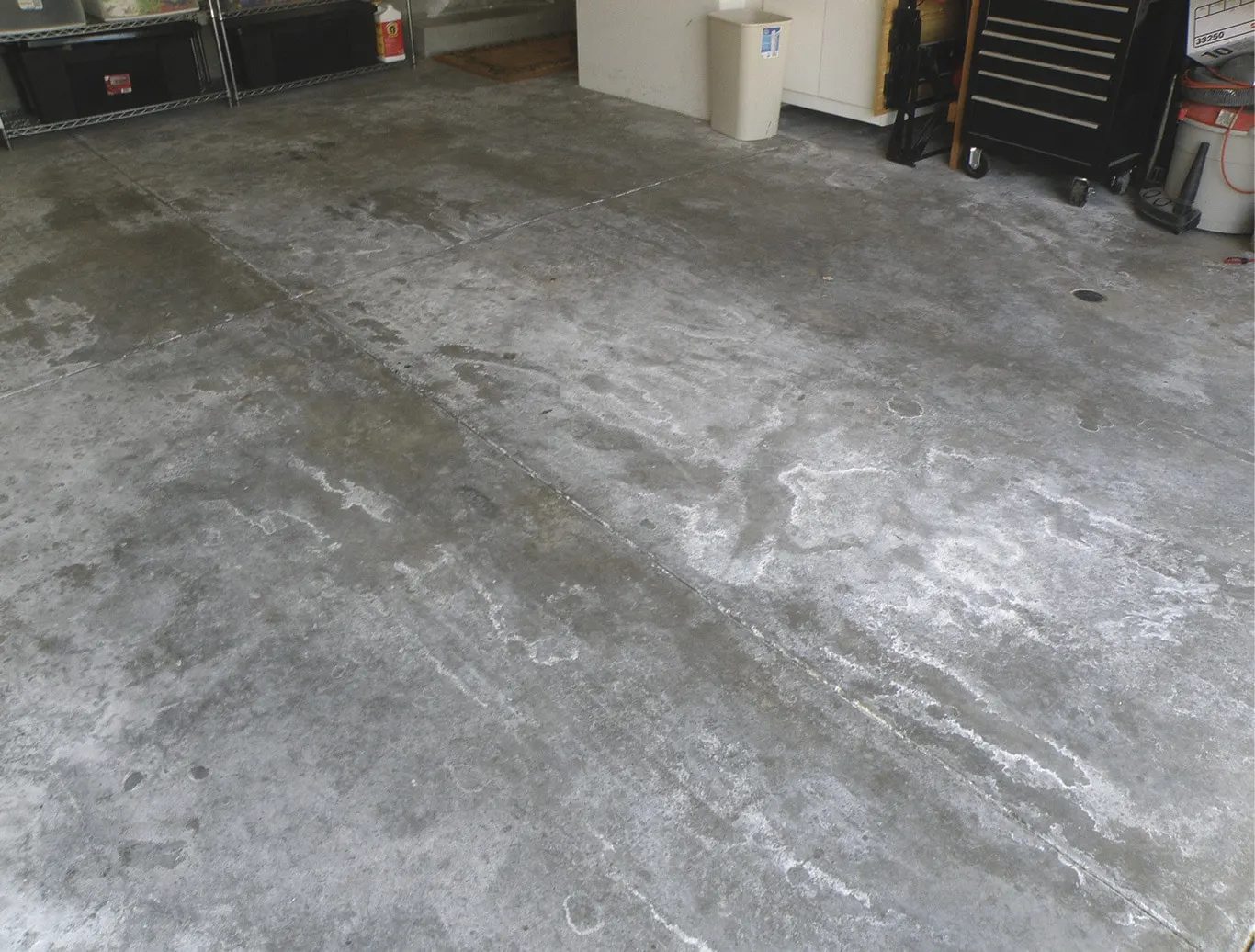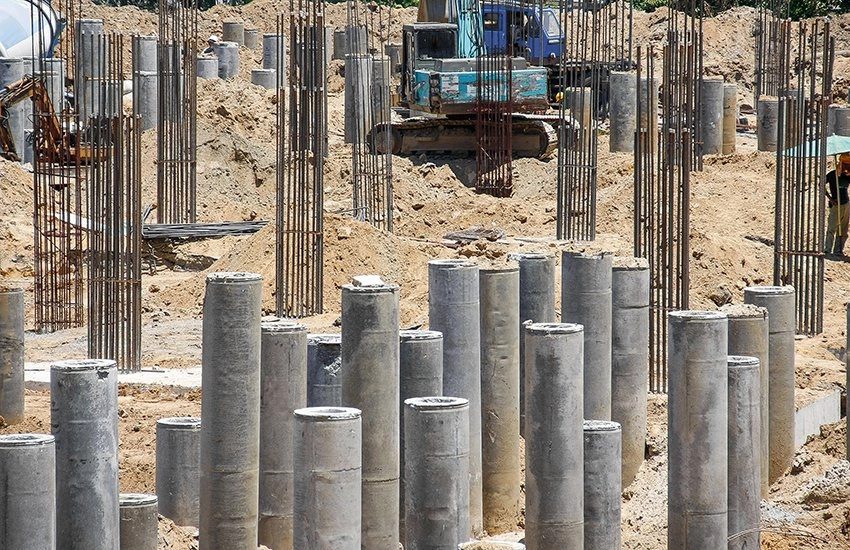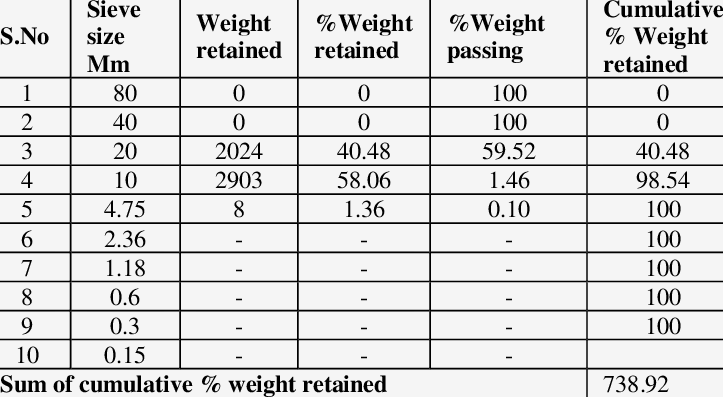Fine aggregates are basically natural sand particles from the land through the mining process, the fine aggregates consist of natural sand or any crushed stone particles that are ¼” or smaller. This product is often referred to as 1/4’” minus as it refers to the size, or grading, of this particular aggregate.
Aggregates less than 4.75 mm in size are called fine aggregates; sand falls under the fine aggregate and crushed stone or metal under the coarse aggregates.
Here we will learn about fine aggregates, types of fine aggregates & much more.
Introduction to fine aggregates:
The maximum size used is 80 mm and the range of 80 mm to 4.75 mn is known as coarse aggregate and 4.75 to 150 µm is called fine aggregate.
Size 4.75 mm is common for both fine and coarse fractions.
Qualities of fine aggregates:
- Fine aggregate should be clean i.e. it should be free from lumps, organic material, etc.
- It should be strong and durable.
- It should not react with cement after mixing.
- Also, it should have a tough floor.
- It should not absorb greater than 5% of water.
- These types of aggregates should not be soft and porous.
Types of fine aggregates:
| Fine Aggregates | Size |
| Coarse Sand | 2.0mm – 0.5mm |
| Medium sand | 0.5mm – 0.25mm |
| Fine sand | 0.25mm – 0.06mm |
| Silt | 0.06mm – 0.002mm |
| Clay | <0.002 |
Properties of fine aggregates:
1.Size of fine aggregates:
The largest size that falls under the limit of the exact set is 4.75 mm.
Using the largest size will give more dense concrete, but a mixture of all sizes is more desirable and more economical.
If cement mortar is prepared for masonry work or plastering work, very fine types of sand of similar size is used.
2.Strength:
The strength of the aggregate cannot ensure the strength of the concrete.
The strength of coarse aggregates are more important.
3.Shape of fine aggregates:
Irregularly nodular shaped sand is preferable to completely round grained sand.
The shape of the aggregate plays a more important role in the coarse aggregate than in the fine aggregate.
4.Specific Gravity:
The specific gravity of aggregates is the ratio of the density of water to its density.
It is used for concrete mix design and if not specified the specific gravity is taken as 2.7 because the specific gravity of most aggregates obtained from different sources falls between 2.6 and 2.8.
5.Surface Texture of fine aggregates:
Generally, round surface aggregates are better for smooth aggregates, this property is also related to coarse aggregate.
6.Water Absorption:
Typically, for sand, water absorption is negligible, it is desirable that water absorption should be kept to a minimum.
7.Surface Index of fine aggregates:
It is an empirical number that corresponds to a specific surface of overweight particles given finer fractions.
8.Soundness:
It refers to the expansion and contraction of aggregate when subjected to temperature changes.
A good, sound aggregates is one that exhibits minimal expansion or contraction under changing temperatures.
9.Surface Moisture:
Many aggregates have a tendency to attract moisture that is adsorbed around each particle and gives rise to the bulking phenomenon.
10.Specific Surface of fine aggregates:
The surface area per unit weight of the material is called a specific surface.
11.Bulking:
Bulging is a phenomenon that causes the aggregates to swell by absorbing moisture from the humid air.
The concrete mix design may be inaccurate and enough additional sand is always added to compensate for this swelling when this bulk sand will return to normal state.
12.Bulb Density:
It refers to the amount of voids or spaces between particles, as well as the total density of aggregates considered.
The density of sand is between 17 and 25 kNIm3.
Impurities in fine aggregates:
There are two types of impurities in the sand as follows:
Organic impurities:
If sand is extracted from the river bed, it may contain decayed vegetation, humus, organic soil, decayed animal material, etc.
This organic material interferes with the cement setting and ultimately affects the strength of concrete.
The extent to which organic impurities are present in a given set of aggregates is determined by a colorimetric test.
In this test, the sand is mixed with a 3 percent NaOH solution and its color matches with a standard color-metric card to detect organic content.
If the organic material exceeds the limit, the sand is either cast out or it is thoroughly washed before use.
Inorganic impurities:
Sand obtained from mines contains inorganic impurities.
These are mainly silt and clay, among them clay is the most undesirable.
Clay and silt can be easily removed by washing the sand several times before using it in concrete.
Also read: Difference between M Sand and River sand
Conclusion:
The particle size distribution curve of the fine aggregate is characterized by an S-curve.
The fine aggregate is well graded and has a gradation of particle size that spans evenly the size from coarsest to finest.










Excellent. Well explained.